Long before foam insulation and concrete tower blocks, humans were finding ingenious ways to address their needs through architecture. Using local materials and inherited construction techniques, societies have ensured that buildings provide protection and comfort.
In Tonga, traditional curved roofs offered aerodynamic protection against storms and cyclones. In the Uros islands of Lake Titicaca in the Andes, reeds were used in houses due to the insulating properties of their hollow stems. And in southern Taiwan, the alleyways of traditional settlements were built on an east-west axis to harness the cooling power of the island’s prevailing winds.
But in recent decades, technology has disrupted millennia-old building traditions. From steel skyscrapers in the Gulf to concrete apartment blocks in China, a global push to urbanize, modernize and, arguably, Westernize has created new architectural ideals.
Conservationists believe that the global reliance on imported materials and unsustainable construction techniques could pose long-term problems for the environment. Alternatively, so-called “vernacular” architecture – buildings designed in direct response to the local climate, materials, geology and traditions – is often energy-efficient and protective of surrounding eco-systems.
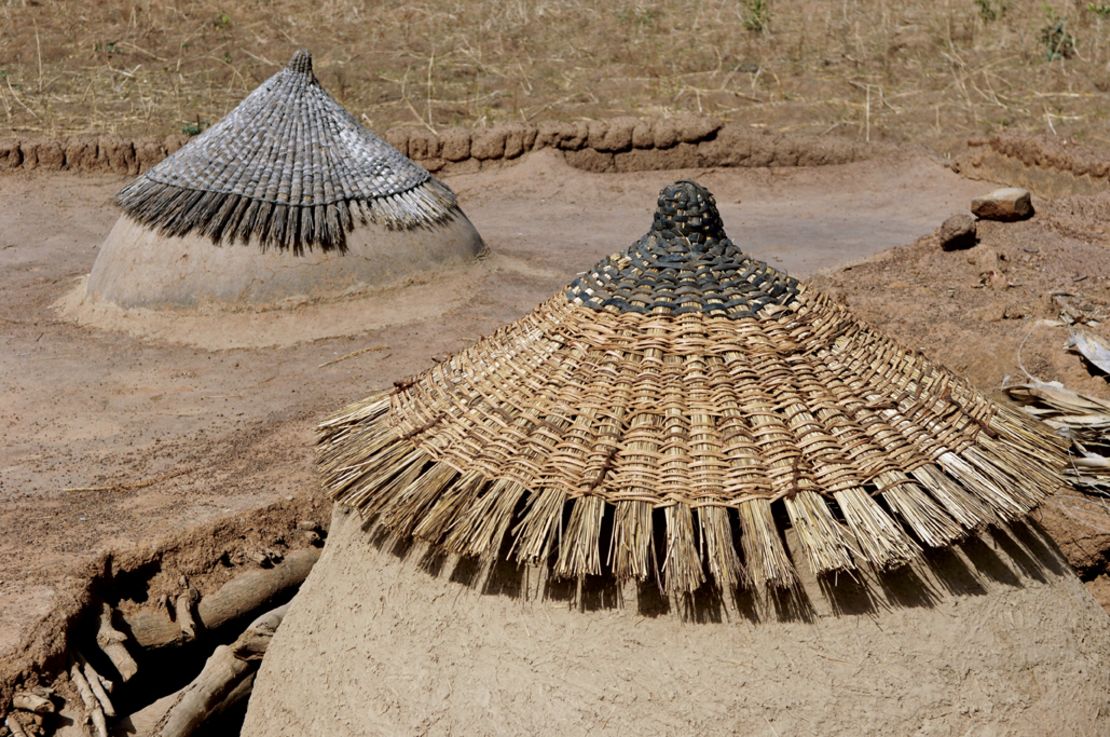
With this in mind, architects and urban planners are increasingly looking to the past, according to Sandra Piesik, editor of the new book “Habitat: Vernacular Architecture for a Changing Planet.” Featuring dozens of case studies from different climate zones, the book aims to highlight lessons that can be learned from traditional forms of architecture.
“There’s a real drive towards more sustainable construction and ways of living,” Piesik said in a phone interview. “But this is not only a movement by architects, but by governments themselves. With the (escalating) focus on sustainable resources and development goals, there’s a whole climate change debate that will only grow.”
Redefining modernity
The construction sector is resource-heavy and has a profound impact on natural environments. Heavy machinery and the transportation of imported materials are just two of the factors contributing to the industry’s huge carbon footprint. Even when construction is complete, unsustainable designs continue to devour resources. According to the United Nations, buildings are responsible for 40% of the world’s energy consumption and approximately one-third of greenhouse gas emissions.
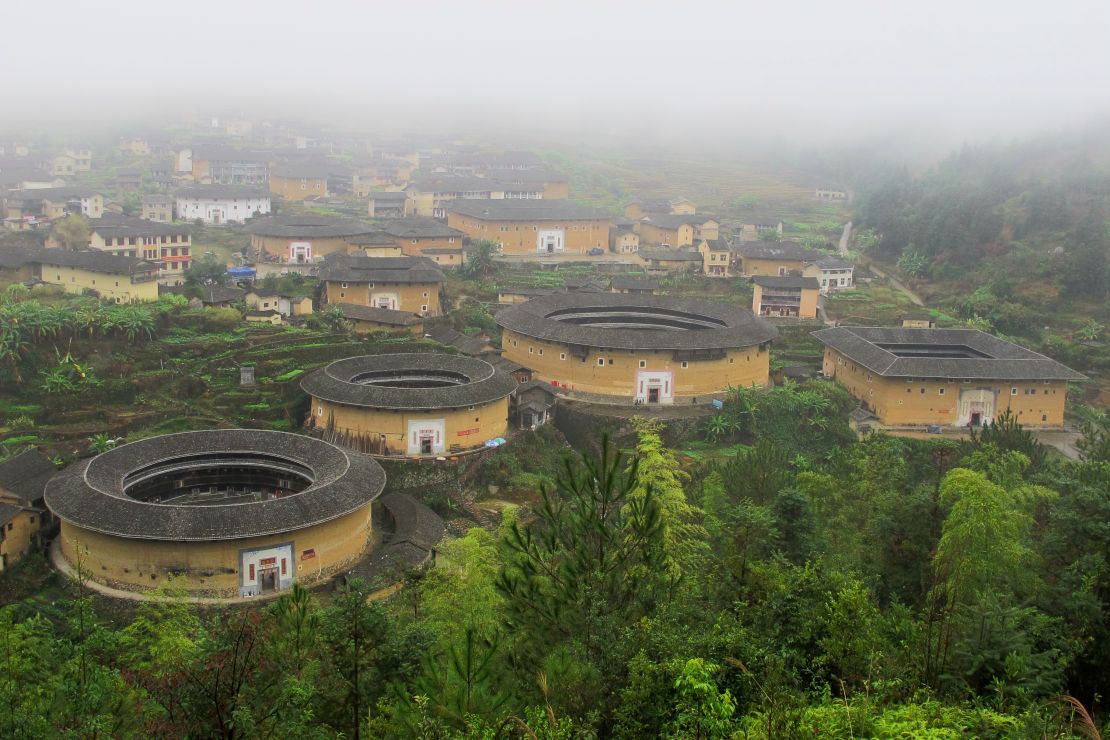
Importing contemporary architecture – often with little regard for local conditions – may give the impression of progress, but its presents a host of new problems too. Speaking about glass skyscrapers, David Nicholson-Cole, a professor of architecture at the University of Nottingham, wrote for The Conversation: “These behemoths are notoriously inefficient … glass exteriors trap the sun’s rays during summer and haemorrhage heat throughout the winter, requiring year-round air conditioning and climate control.”
But the appeal of such buildings is not necessarily a reflection of better engineering or more suitable materials. It is, Piesek says, a matter of culture.
“A major issue is the question, ‘What is modern today?’” she said. “This is about aspiration and stylistic change. Young people living in desert communities are using mobile phones and seeing very different ways of living.
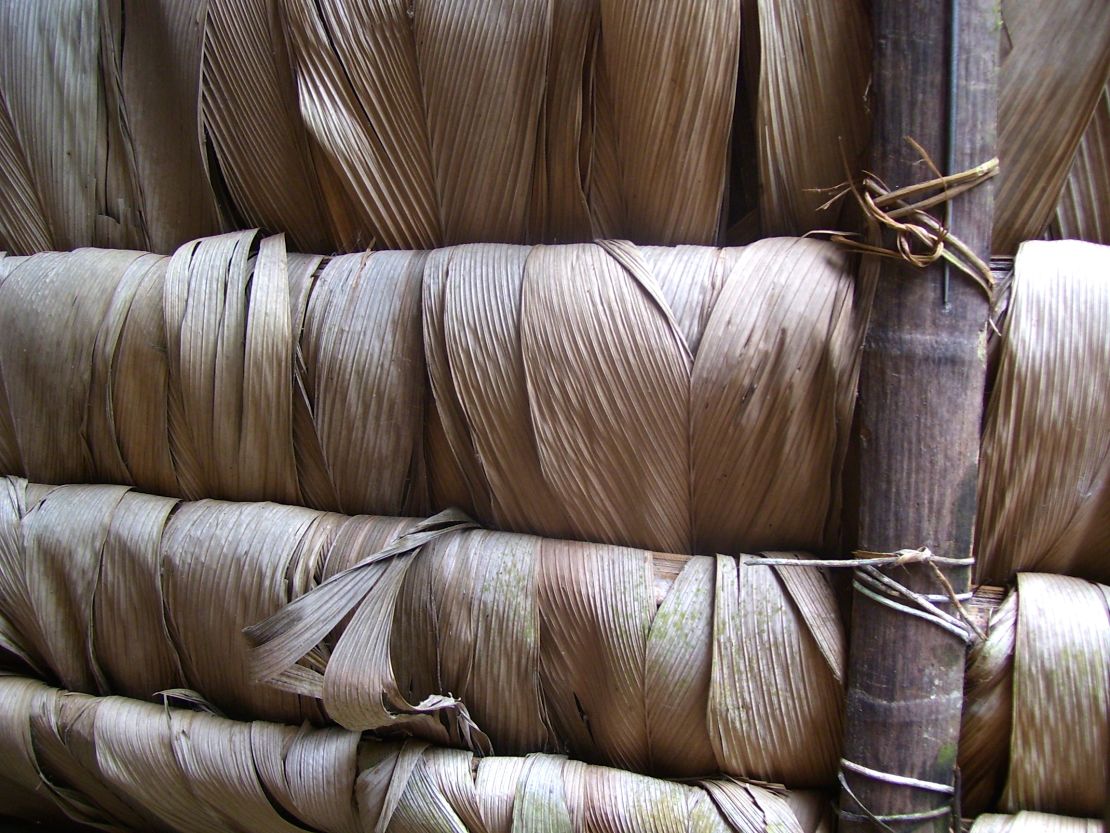
“The challenge for architects is to work out how we meet these social aspirations. It’s a generational thing – young people don’t want to live in the same (type of house) that their grandpa is living in.”
No architect is proposing a return to pre-modern living. But some are challenging the idea that traditional architecture is antithetical to progress, combining local practices with the latest technology, engineering and aesthetics – something Danish architect Bjarke Ingels has dubbed “vernacular 2.0.”
Looking closer to home
Local materials are at the heart of vernacular architecture. In Norway, turf is used as a roof covering due to its thermal properties, while many rural Japanese homes are still made from the wood of nearby forests.
Even if local materials are not suitable, local traditions may be, as architect Driss Kettani demonstrated with the Technology School of Guelmim in Morocco. Due to tight restrictions on public buildings, Kettani says he had little choice but to opt for earthquake-resistant concrete. However, he and fellow architects Saad El Kabbaj and Mohamed Amine Siana found other ways to incorporate the architectural traditions of the region.
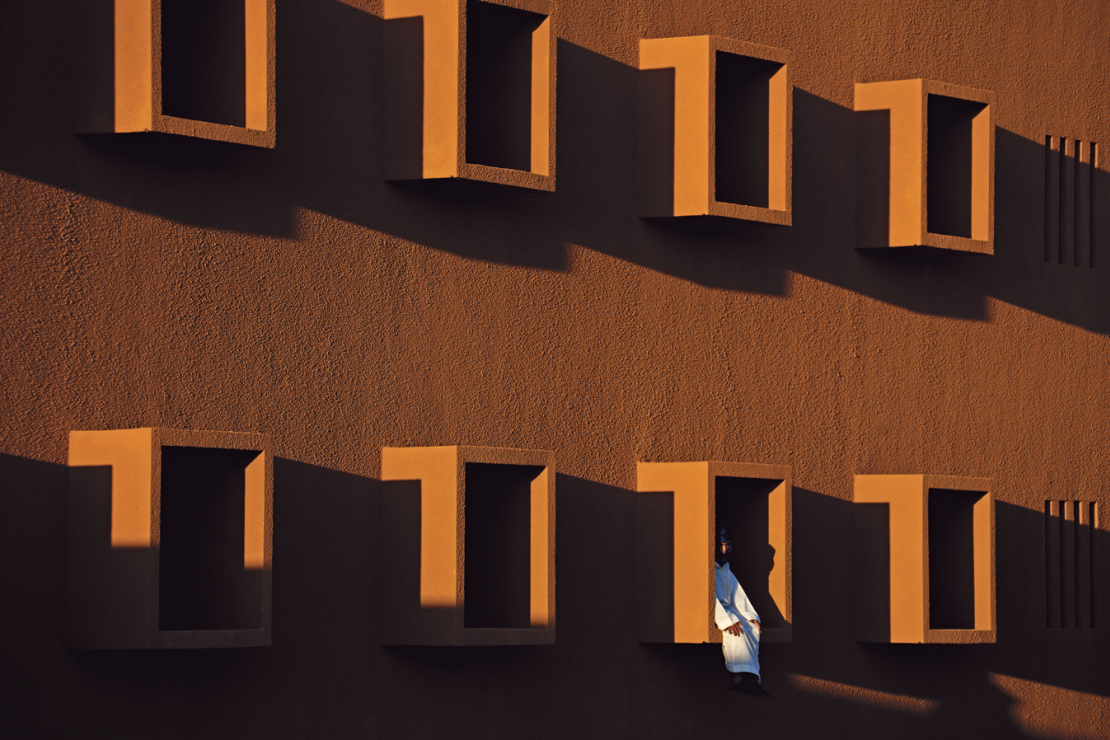
“We wanted to retrieve a sense of heritage, but in a modern way,” he said in a phone interview. “We tried to use the same (energy-efficient) solutions found in the small earthen towns in the south of Morocco – to do with ventilation, the circulation of air and the control of light.”
Large north-facing windows (and small south-facing ones) reduce the amount of direct sunlight entering the school, while ensuring that classrooms get enough natural light. And the arrangement of the school buildings maximizes the flow of air through the complex, creating a natural cooling system.
These – and other – vernacular innovations meant that there was no need to install air conditioning at the school, despite the hot North African climate. For Kettani, it was just a matter of common sense.
“We don’t need to say that we’re doing vernacular architecture. It’s more simple than that,” he said. “When you’re building in a specific climate in a place with strong heritage, you can just walk in the street and see the answers. It’s just logic.”
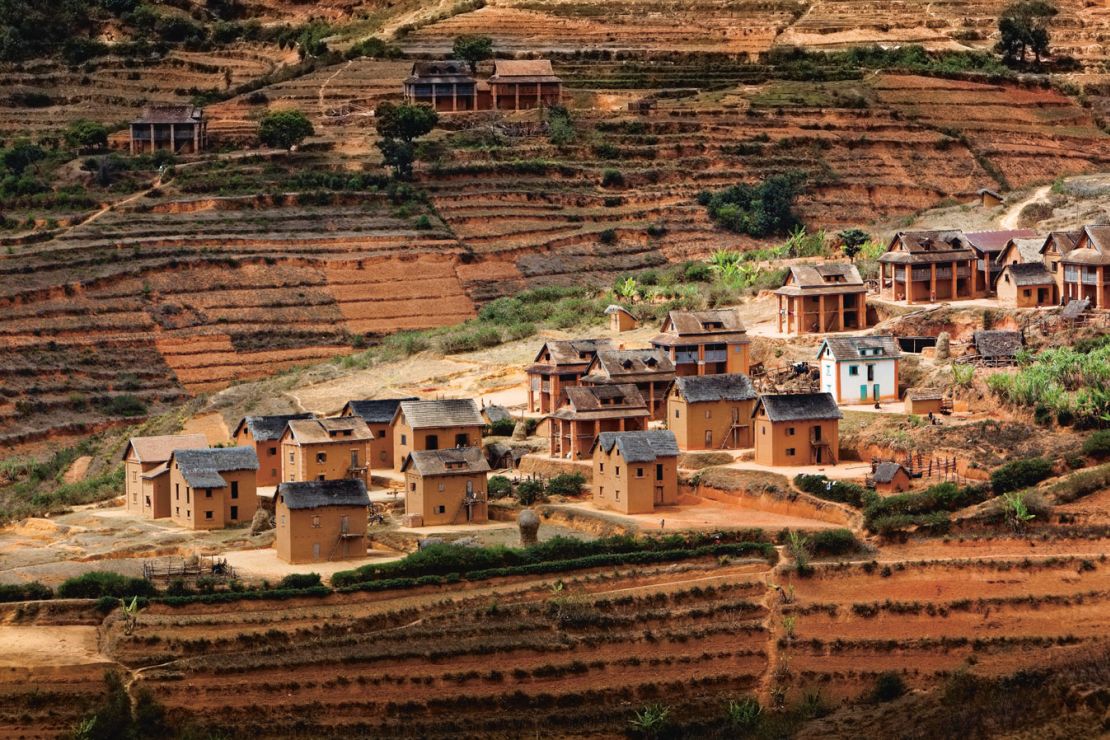
And there are signs that this logic is being more widely embraced internationally. In the UK, for instance, a government initiative is aiming to reduce the construction industry’s greenhouse gas emissions by 50% by 2025 – a strategy that explicitly targets the reduction of imported building materials. And if Kettani’s school were to be designed again today, Morocco’s revised regulations would permit the use of soil-based materials instead of concrete, the architect says.
Whether a change in attitudes results from government action or emerging market forces, developers will only embrace sustainable building methods if it pays off, Piesik argues.
“This has to work economically,” she said. “Whether it’s the production of new materials, supply chains or small business enterprises – or whether this is a development on a larger scale – there has to be some economic viability behind it, beyond just being a good idea. A more holistic concept needs to emerge for the future.”
“Habitat: Vernacular Architecture for a Changing Planet” by Sandra Piesik, published by Thames & Hudson, is out now.
















